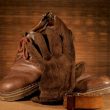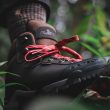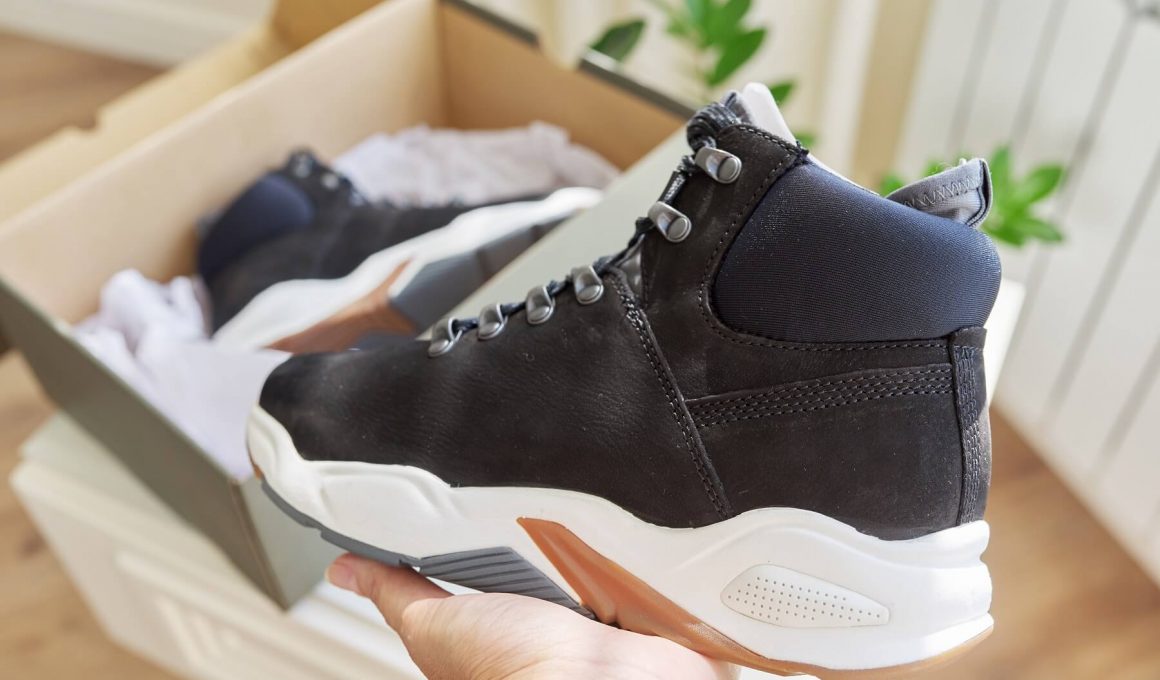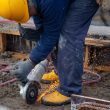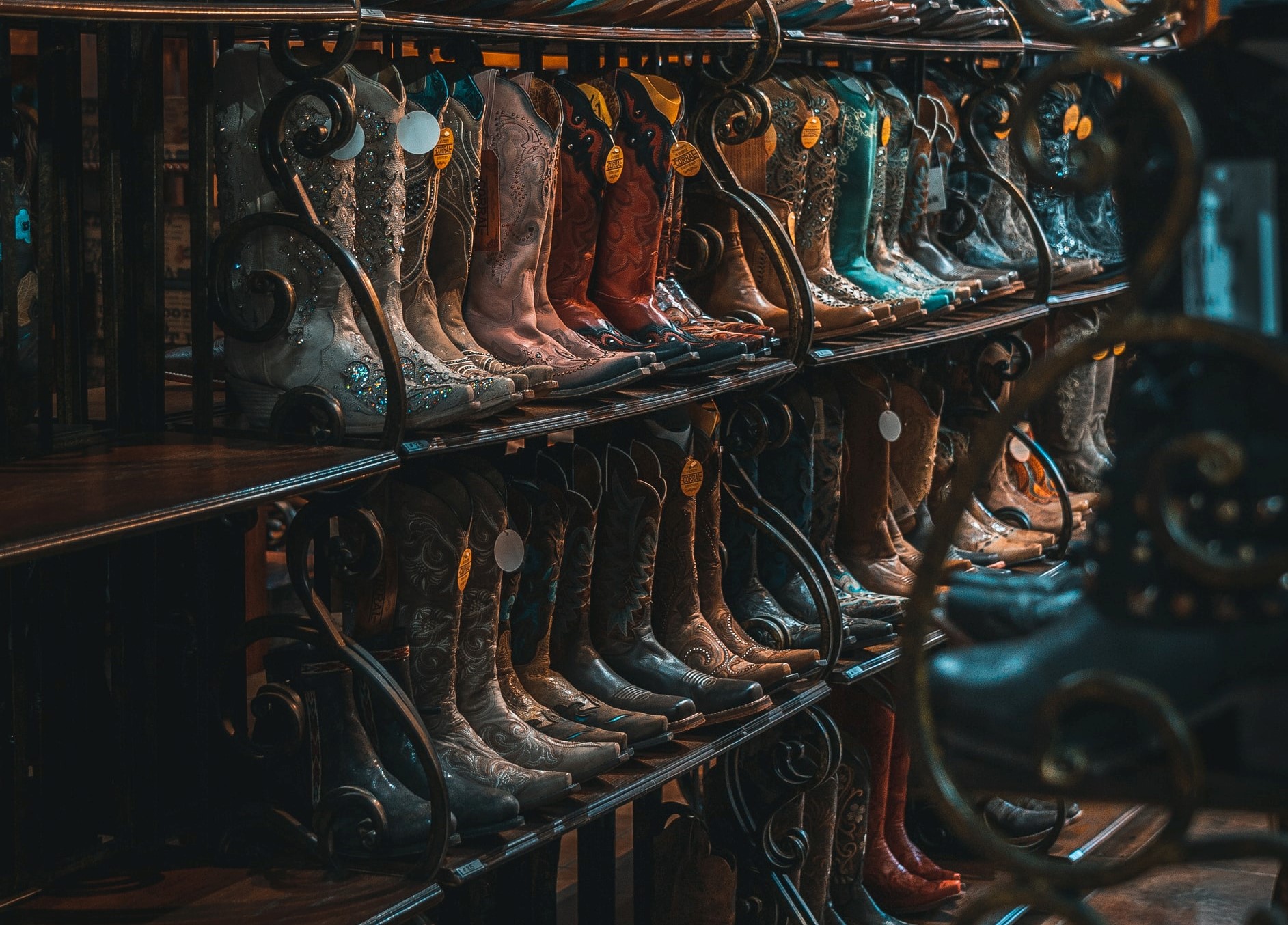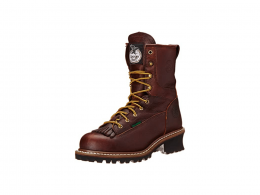Workwear Guru is reader-supported. When you buy through links on our site, we may earn an affiliate commission. Learn more
You’re not quite fond of the gym but like taking up sports or outdoor activities? Have you thought of hiking? Hiking helps you get in shape and boost your long-term health without spending much money and without sounding daunting like exercising. When preparing to hike, apart from a backpack with essentials, such as a bottle of water, an energy-boosting snack, and a first-aid kit, you will need a good pair of shoes or boots. In order to help you find the right-fitting pair, read this guide on how should hiking boots fit.
How Should Hiking Boots Fit?
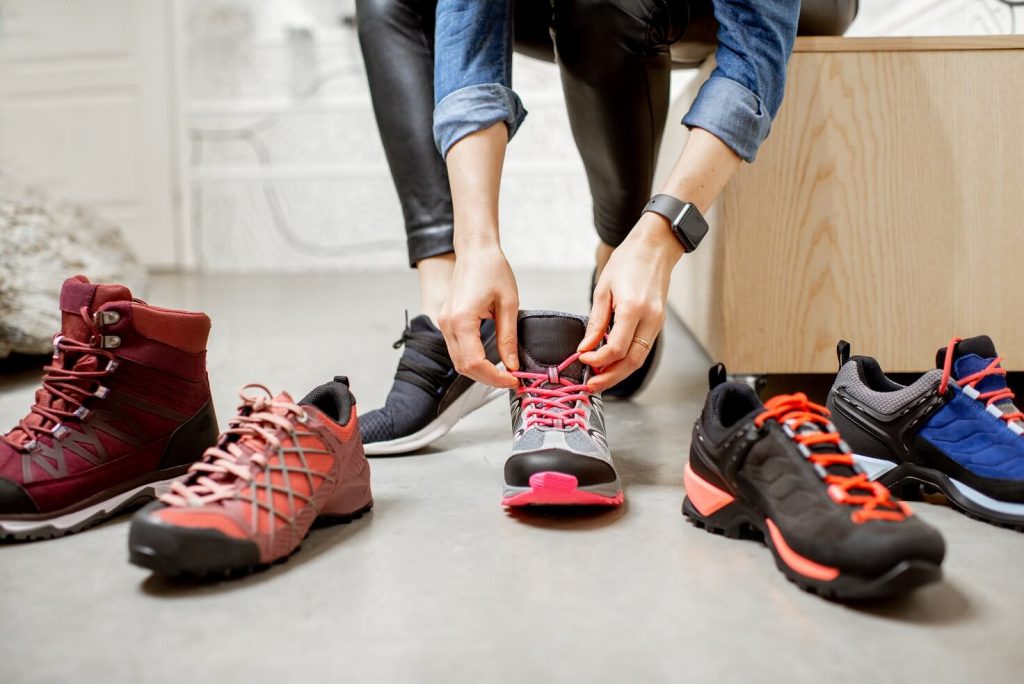
Choosing the right hiking boots is a set process, and it doesn’t have to be complicated. In addition to your boots’ compatibility with the type of hike you will go, there are several prerequisites to help you make sure they are a perfect fit.
Length
Many times, the right and left feet are not necessarily the same size or length. Not to mention that feet do slightly swell if you walk for long hours or distances. So, when choosing the right hiking boots, make sure there is space about the width of your finger between your longest toe and the end of the shoe. Do always try them on before buying and walk around in the boots to check whether they feel comfortable and do not rub against anywhere.
Width
The boots should neither be too loose nor too tight, since if you do not find the right width, you will most likely risk blisters along the sides of your feet. Make sure that you have enough space to relax your foot, but not so much that your foot will slip around.
Heel lift
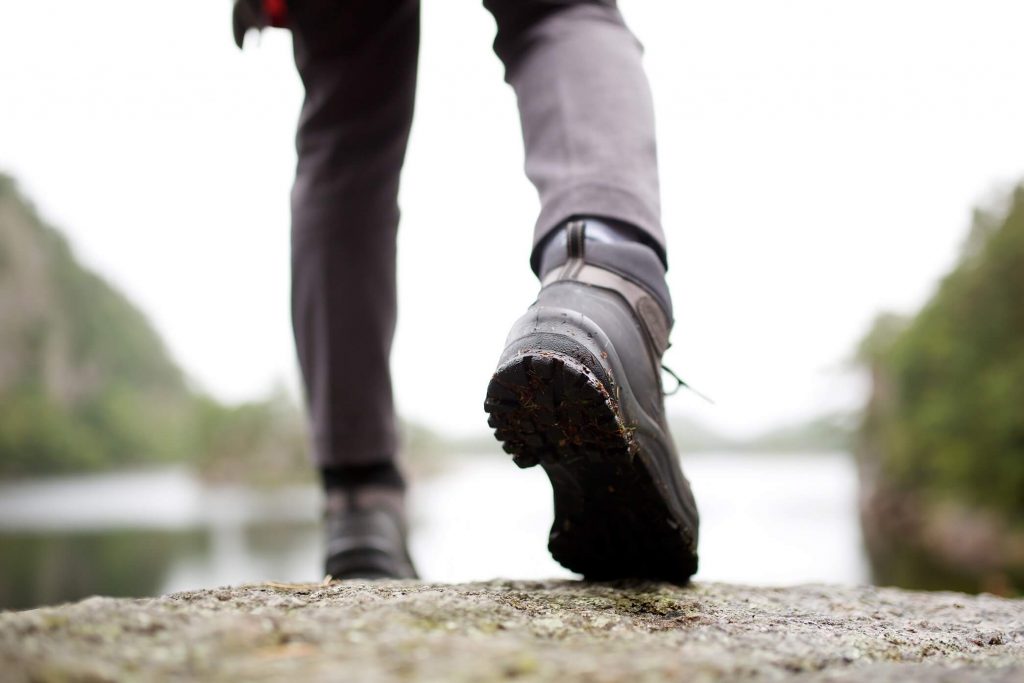
Heel lifting usually might occur when your shoes are too loose. You might experience discomfort if they do not fit properly. Often, this inconvenience leads to hip and even back pain. You can make minor changes to your actual boots to help them better grip your heel. You can try fixing the problem by tightening your shoes, trying the heel-lock lacing method, or ultimately replacing them.
How to Adjust the Fit
It may happen that you buy shoes on your own, you try them on at the store, and the next day, or even a few days later, you find out they do not actually fit. Now it is too late to return them or you just like them so much that you want them to fit. There are some tricks to help you adjust the fit of your favorite shoes, and you can do this all by yourself.
Socks
Suitable hiking boots need a pair of suitable hiking socks. Whether tight or a bit loose, socks can help you adjust the fit of your shoes. You should consider two things when choosing the right socks: their height and their fabric.
Hiking socks come in different heights, and you should consider your footwear when deciding on them. Hiking shoes typically rise above the ankle, so your socks should naturally be taller than that to protect your skin from rubbing against your footwear directly.
Despite the fact that socks are commonly made of a blend of fabrics, the most popular hiking sock material is wool, and it’s what footwear specialists recommend above others, since using the wrong fabric may cause various side problems.
Insoles
Since hiking often involves uneven terrain, your ankle will need support. Therefore, stabilizing the knee joint using suitable insoles is a key matter. Insoles are commonly referred to as “support” or “sport” insoles. They are made of a tougher substance to provide support and stability, and stability provides comfort. These insoles are not the same as the soft, squishy ones you might get at the drugstore.
Lacing
To keep your foot from excessive lifting and in place, you can use different lacing methods. Everyone has different feet shape and volume, so there is not a single lacing technique that works for all. If you want more tips on this, visit our page on how to lace and tie hiking boots.
What Should You Consider?
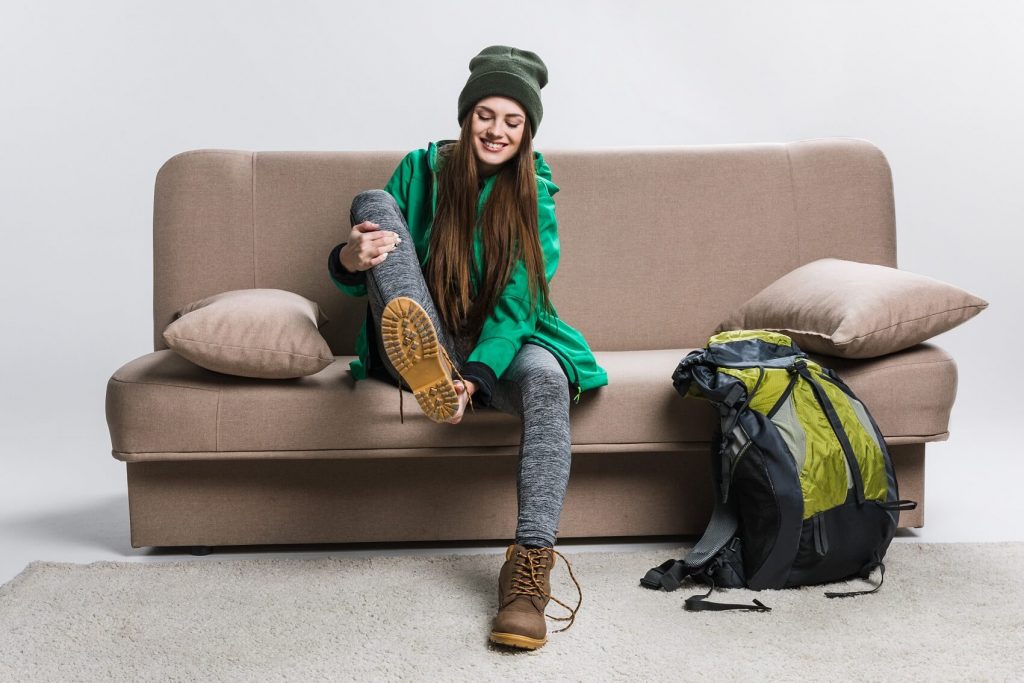
The right pair of hiking shoes will help you glide down the trail with a smile on your face, while poor-quality boots will make your journey much more unsettling. Apart from adjusting your fit, there are some other things you should consider before deciding upon your footwear. No matter how many pair options you have, you should also think about the brand choice, professional fitting, and break-in period.
Brand choice
Frequently, hikers find that a particular brand suits them better than another. That is because different brands build their boots from different lasts or model feet. You might find a brand that meets your “feet”, even though it might not be the best in the market. Sometimes, it is also advisable to try at least a few brands to find your best fit. That is the reason why other people’s suggestions may not always help you unless their feet are the same shape and size as yours.
More often than not, the more you spend on your shoes, the better they are. However, you should focus on comfort rather than the looks, numerical sizes, or any flashy features. Regardless of the brand, always seek and prioritize what fits and feels best for you.
Professional fitting
Numerous people consult professionals to get their shoes properly fitted or customized. Casual walkers, everyday runners, professional athletes, or new hiking enthusiasts might request such consultancy to help with their comfort and even performance, as well as to reduce injuries. Footwear specialists often start examination with a good foot assessment, followed by a gait assessment to avoid any part of the body influencing another. This process leads to suggesting the perfect shoe fit for your feet.
Break-in period
Once in a while, when your shoes do not immediately fit, you ask someone with feet larger than yours to wear them and loosen them a little bit. Other times, you simply wear them and feel the discomfort until they naturally give in. However, we recommend you do this before you go for your hike: wear them at home, on your way to short errands, etc. In addition to this, there are other techniques you can use to help you during this process.
Some use multiple pairs of socks and some even use a hairdryer to blow and soften up the shoe material so it fits. Even though most shoes require a short break-in period to allow the material to gradually adjust to the size of your feet, hiking shoes are a bit more challenging to stretch easily.
Conclusion
Aside from being quite a fun exercise, hiking also offers many health benefits. Recent studies have found physiological and psychological benefits associated with hiking and spending time in nature. If you have the will and mindset, then all that is left is the right pair of boots so you can focus on the beauty of the surroundings and get the best out of it.



